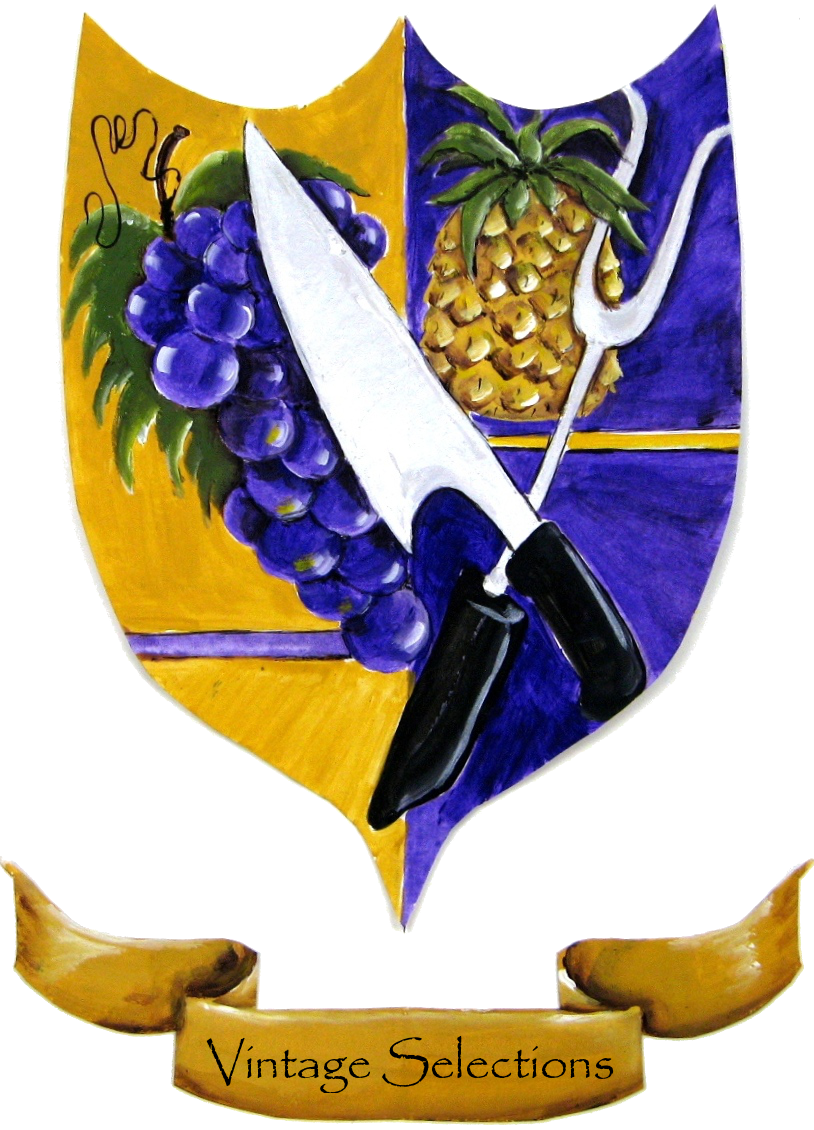Chile

Chile has a long viticultural history for a New World wine region dating to the 16th century when the Spanish conquistadors brought Vitis vinifera vines with them as they colonized the region. In the mid-19th century, French wine varieties such as Cabernet Sauvignon, Merlot, Carmenère and Cabernet Franc were introduced. In the early 1980s, a renaissance began with the introduction of stainless steel fermentation tanks and the use of oak barrels for aging. Wine exports grew very quickly as quality wine production increased. The number of wineries has grown from 12 in 1995 to over 70 in 2005. Reasons for this sudden expansion vary in significancy, but all are essential to understanding Chilean wine culture. The largest factor, and arguably most prominent, relates to the large amount of French families immigrating to Chile during the late 20th century. The French were able to share their fine tastes and experience with the native Chileans, expanding their knowledge of the wine world. Chile is now the fifth largest exporter of wines in the world, and the ninth largest producer. The climate has been described as midway between that of California and France. The most common grapes are Cabernet Sauvignon, Merlot and Carmenère. So far Chile has remained free of phylloxera louse which means that the country's grapevines do not need to be grafted.
